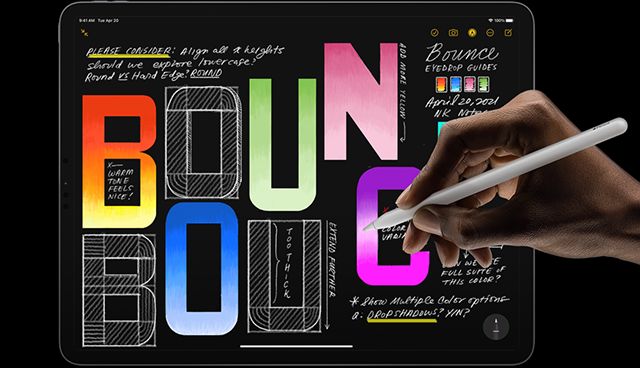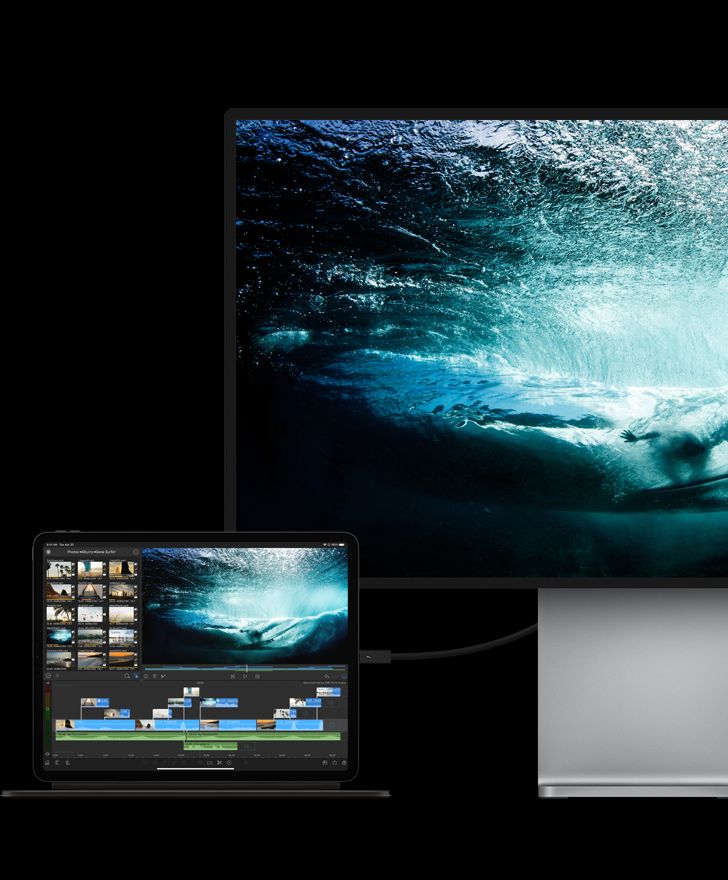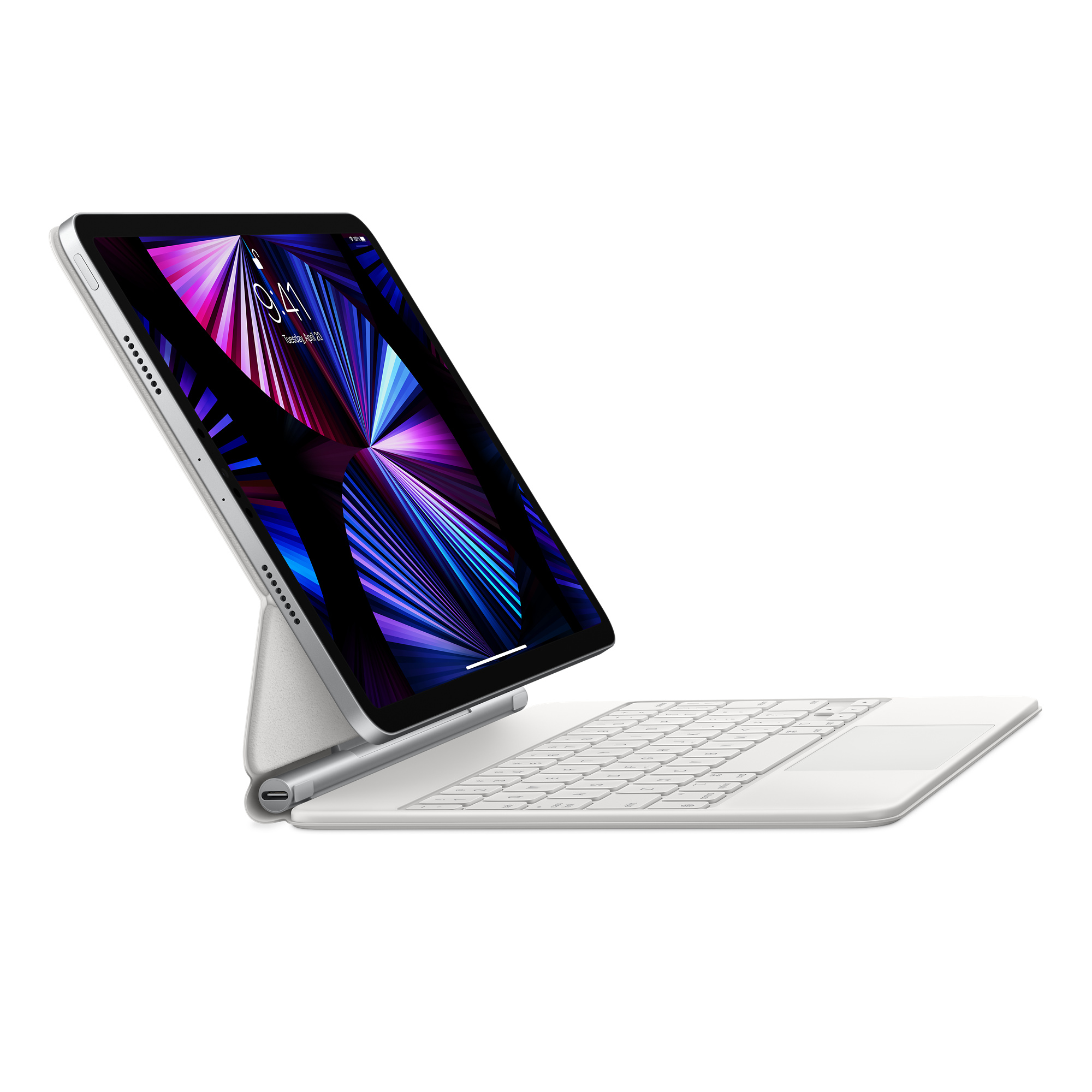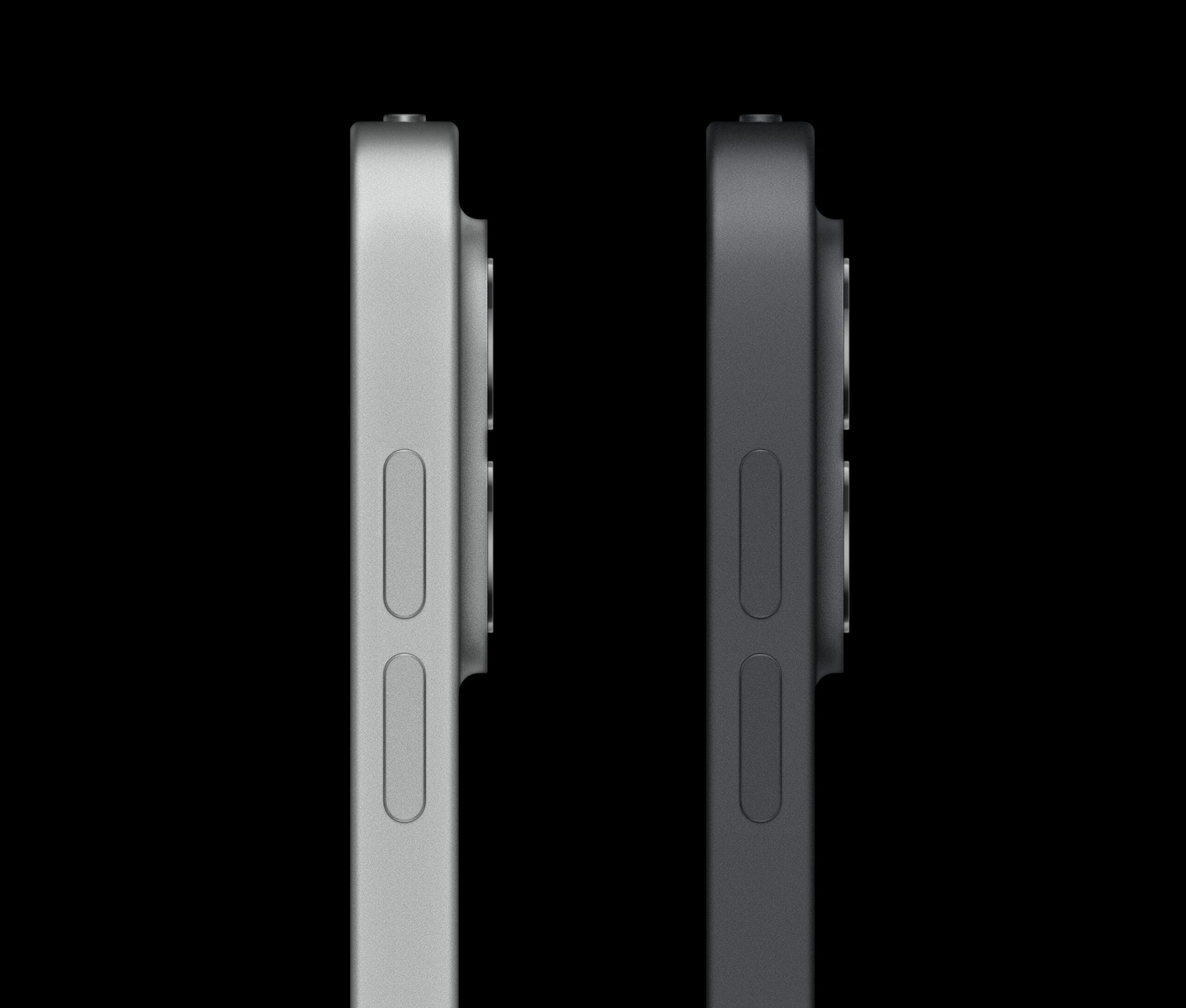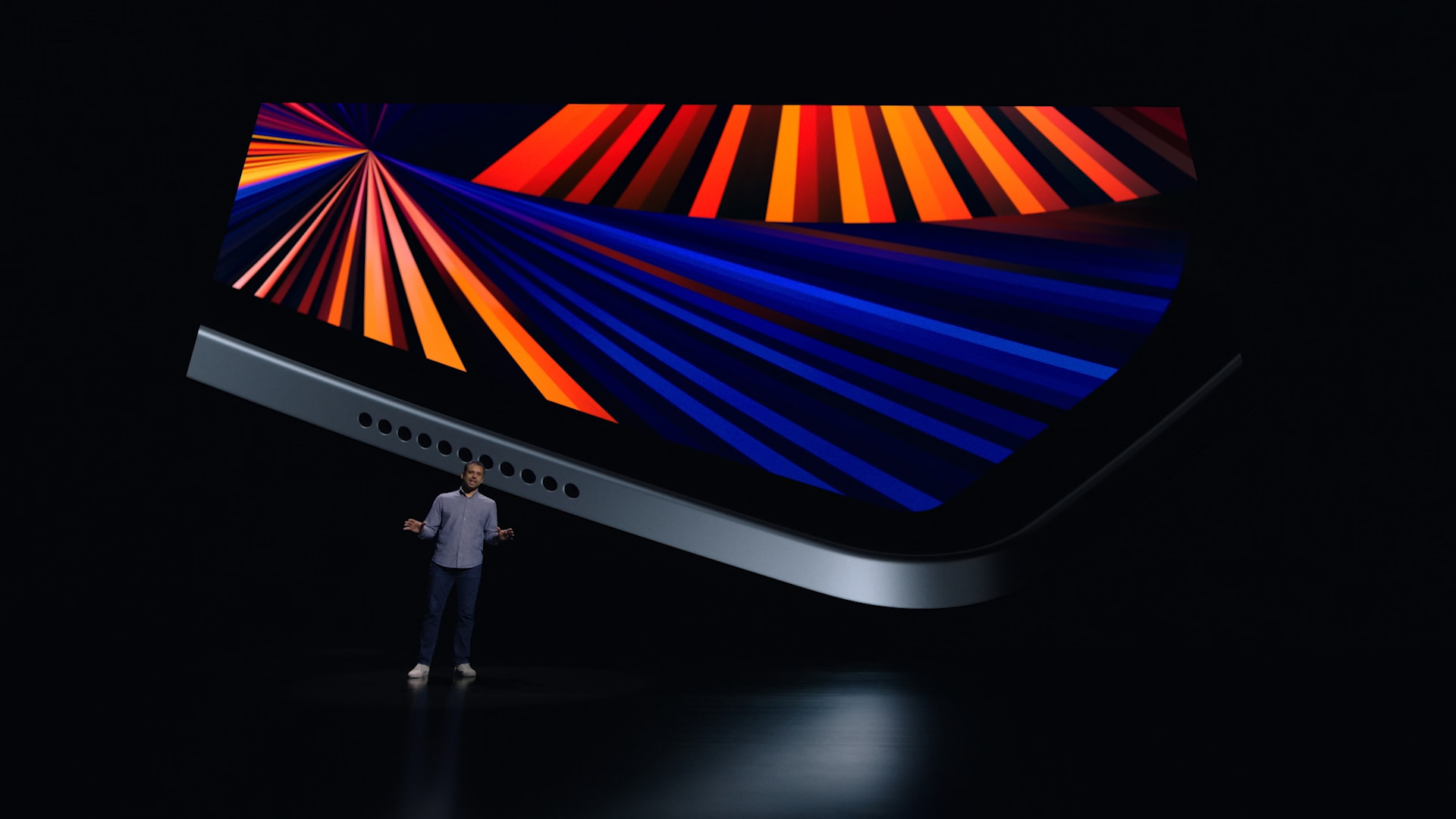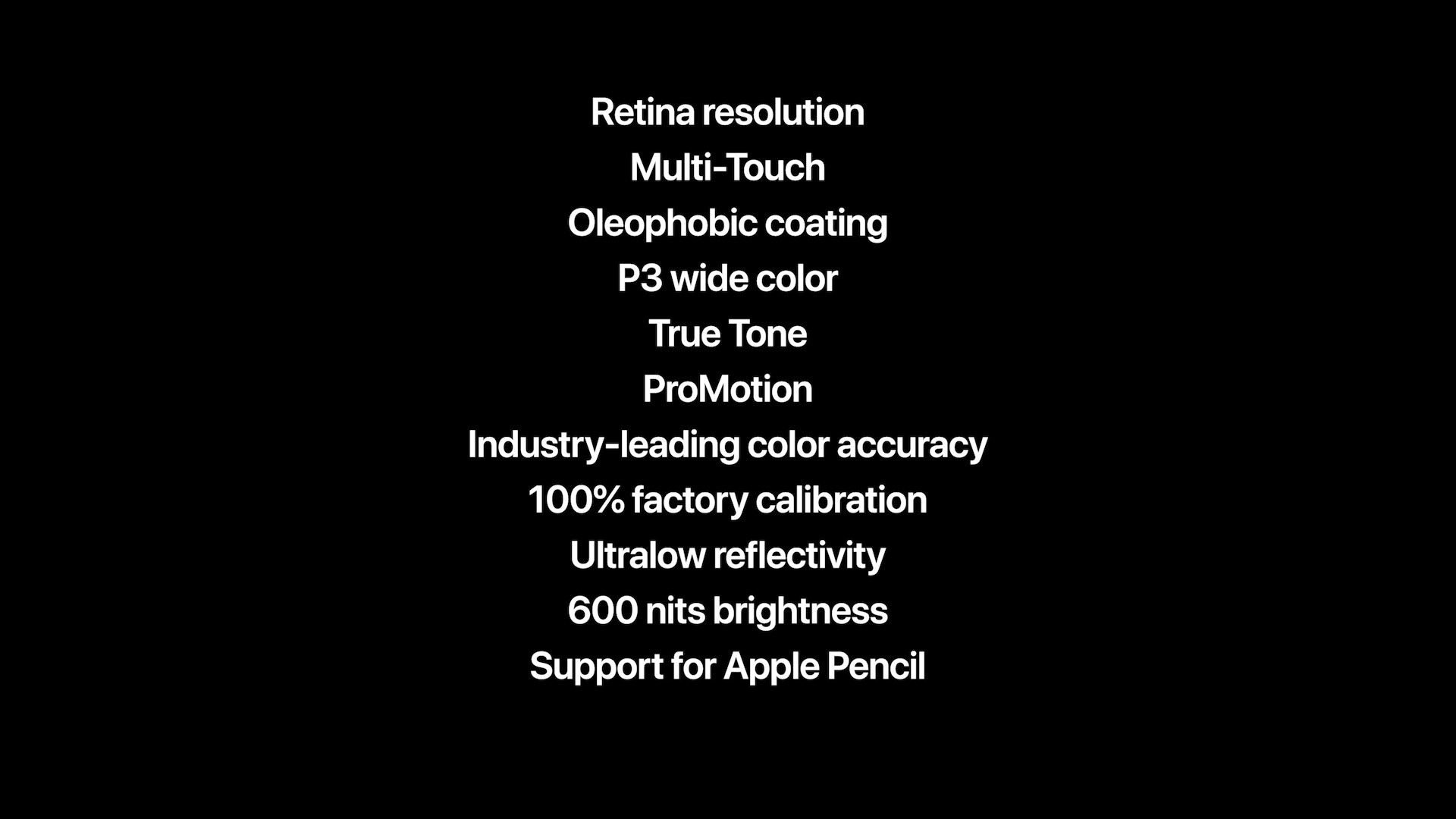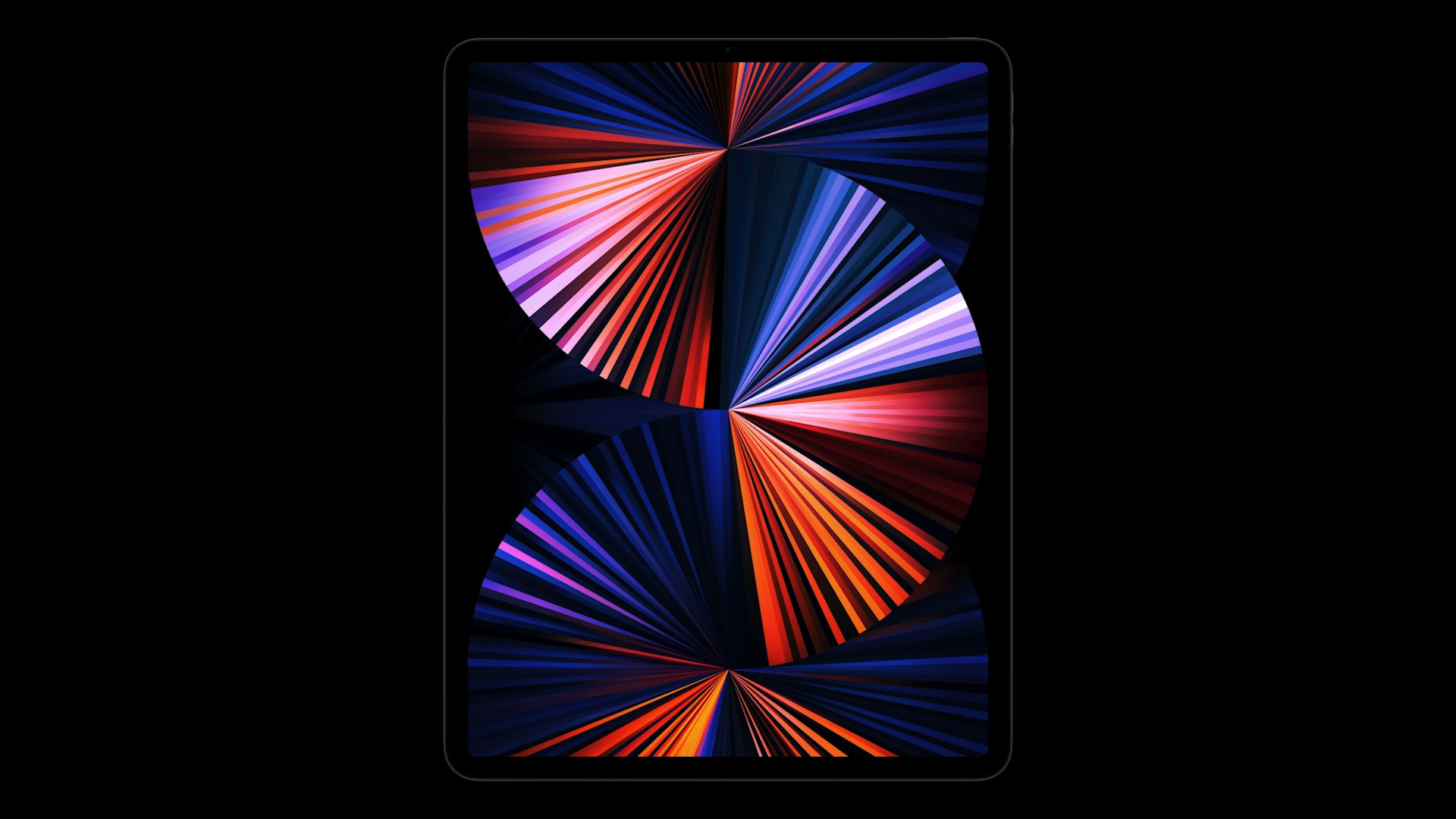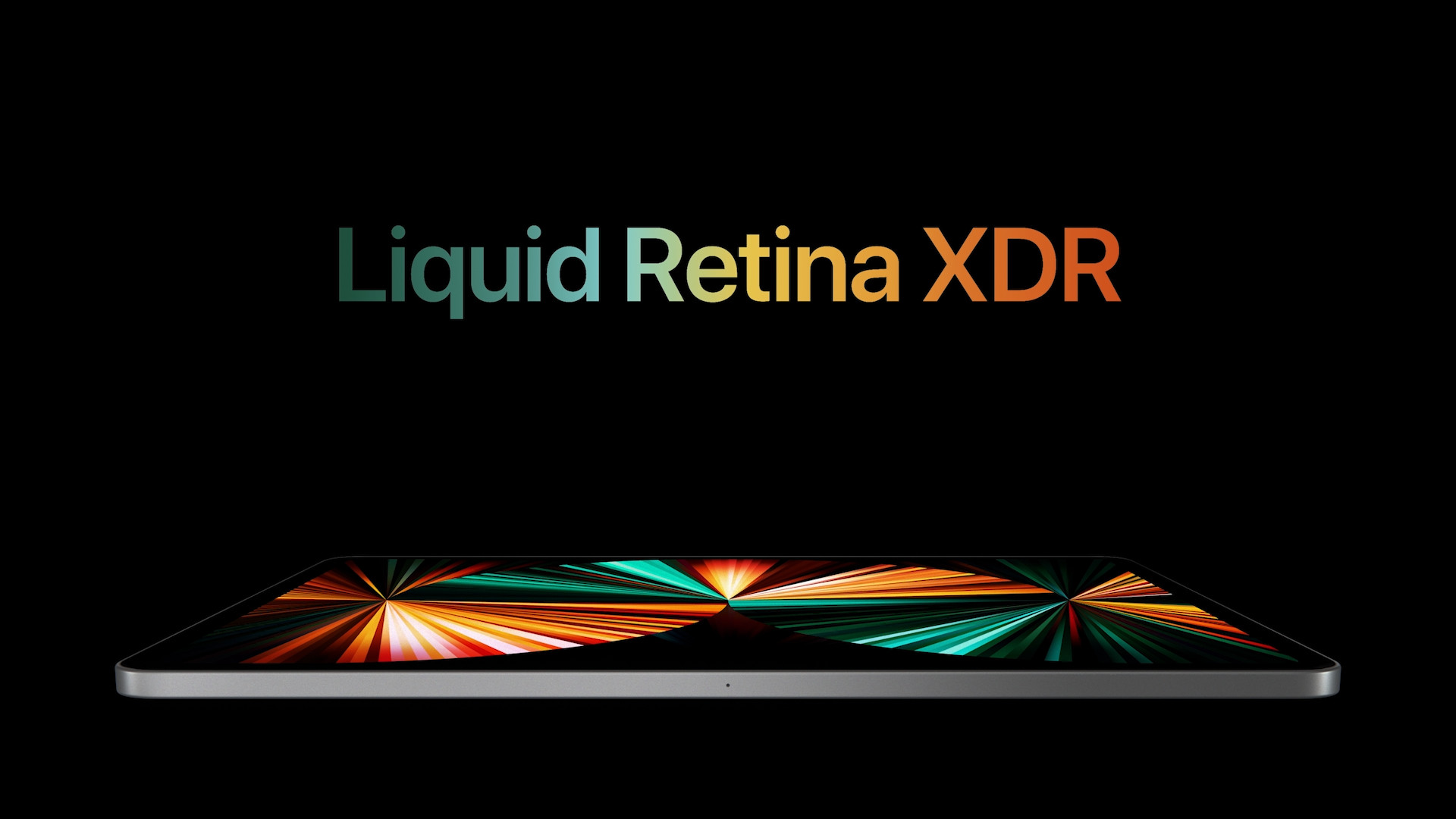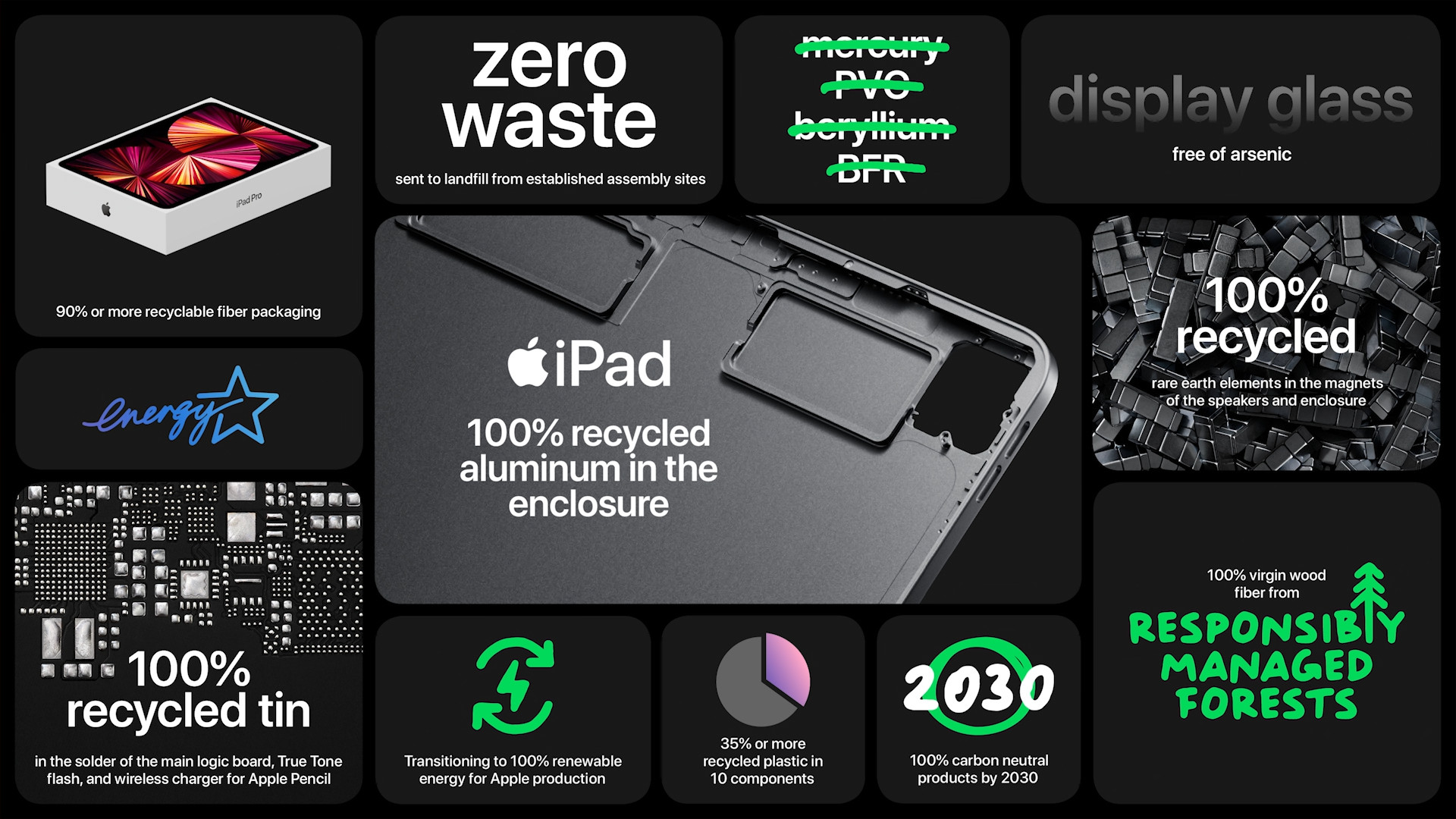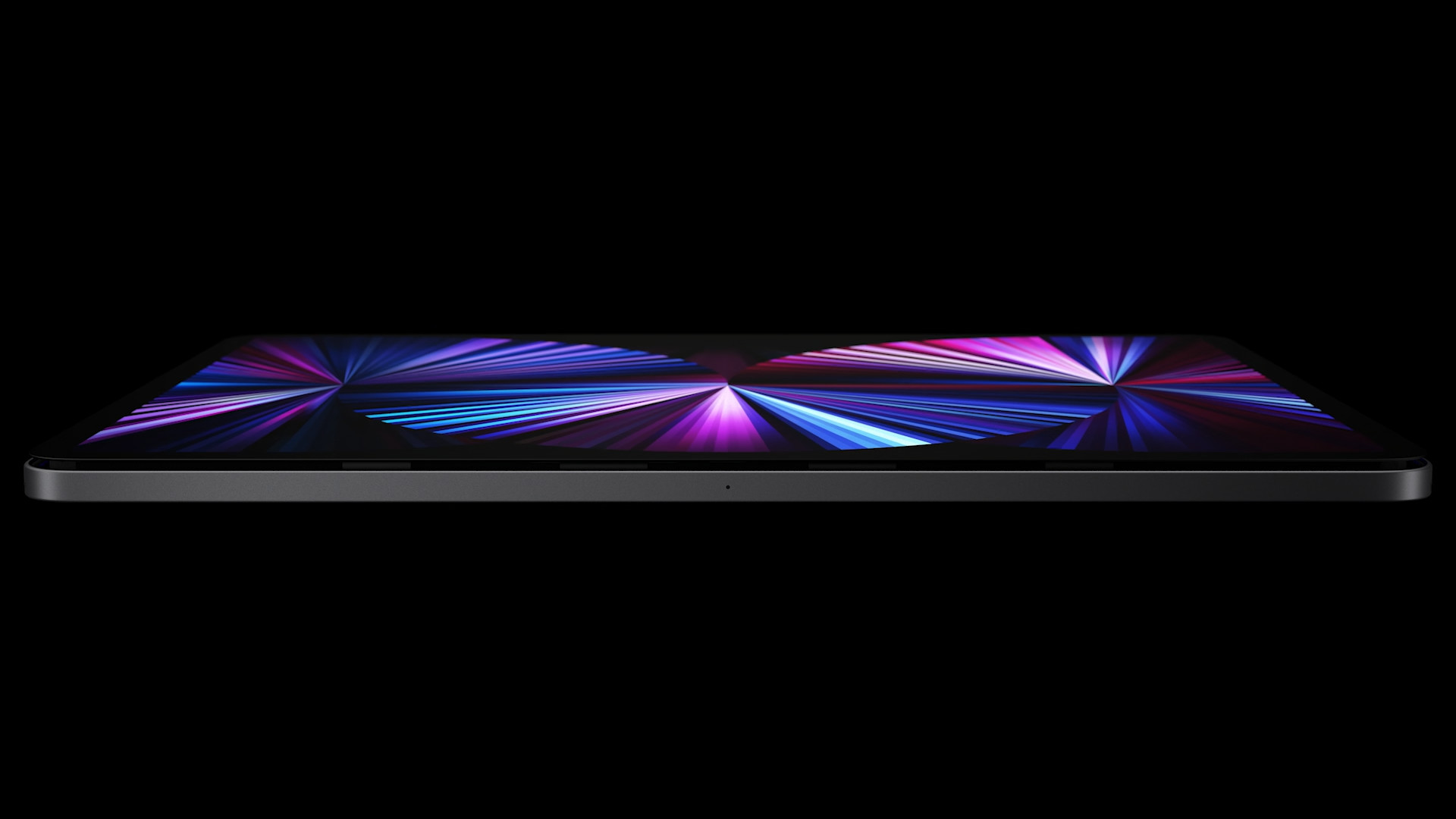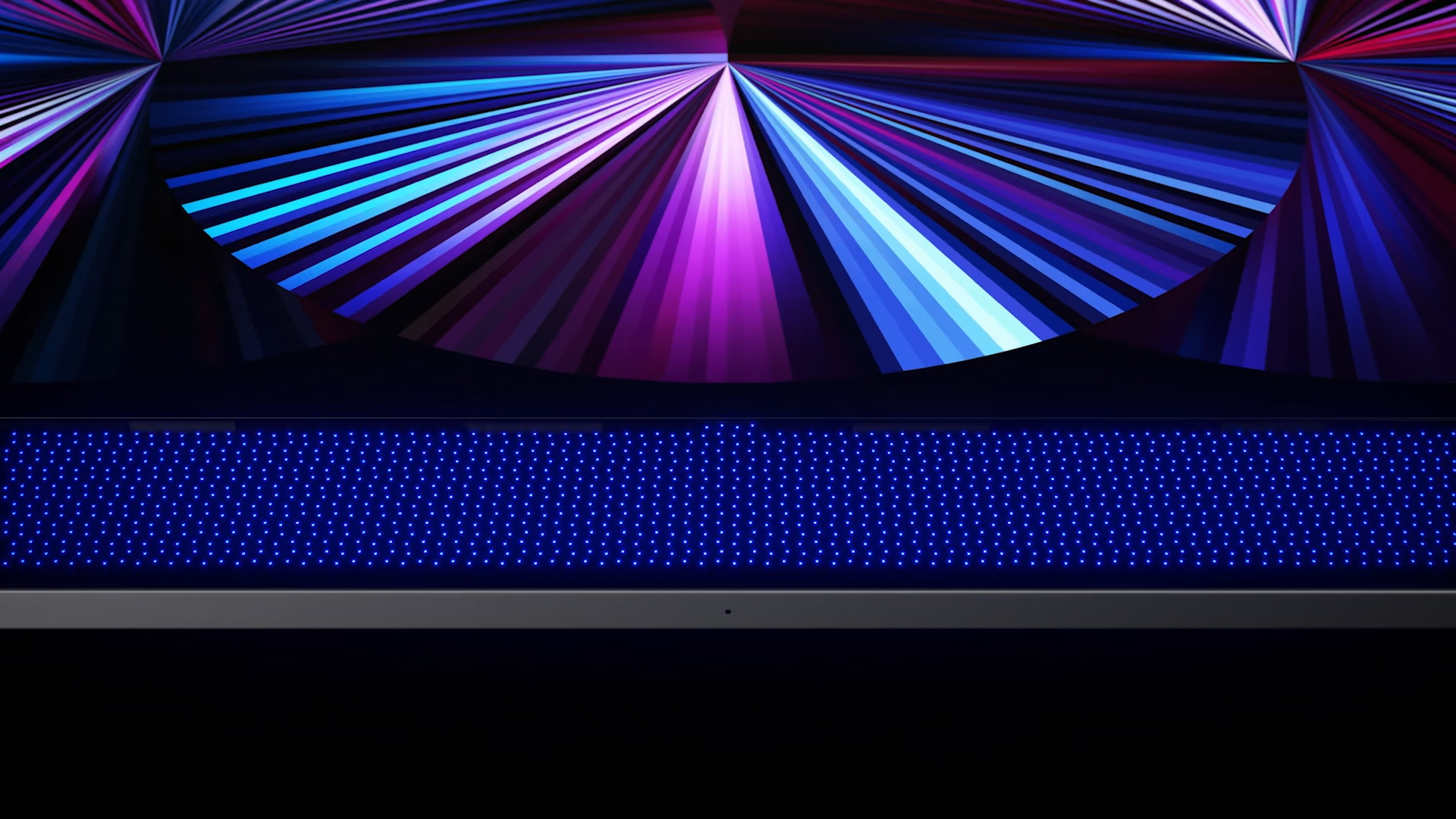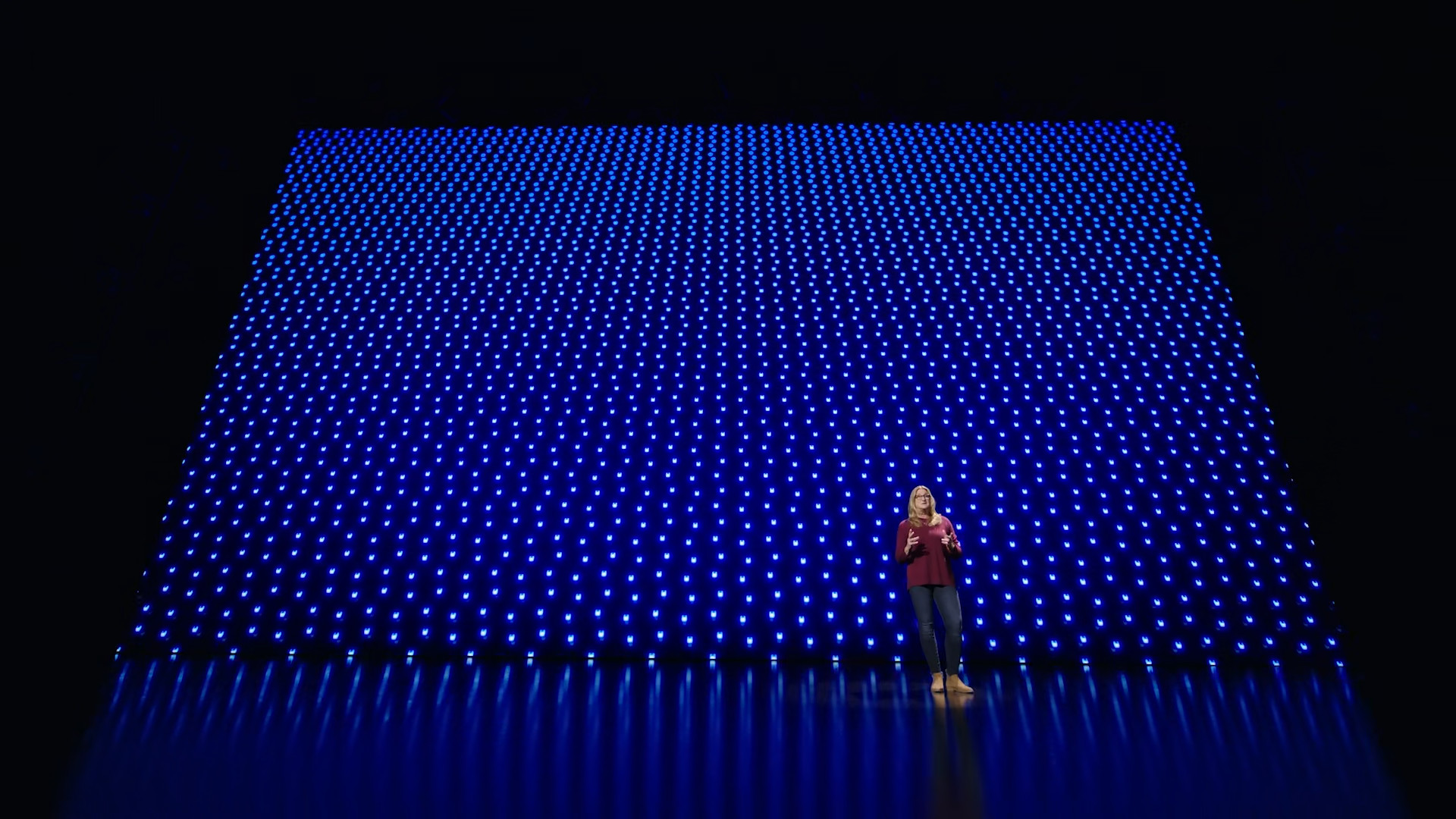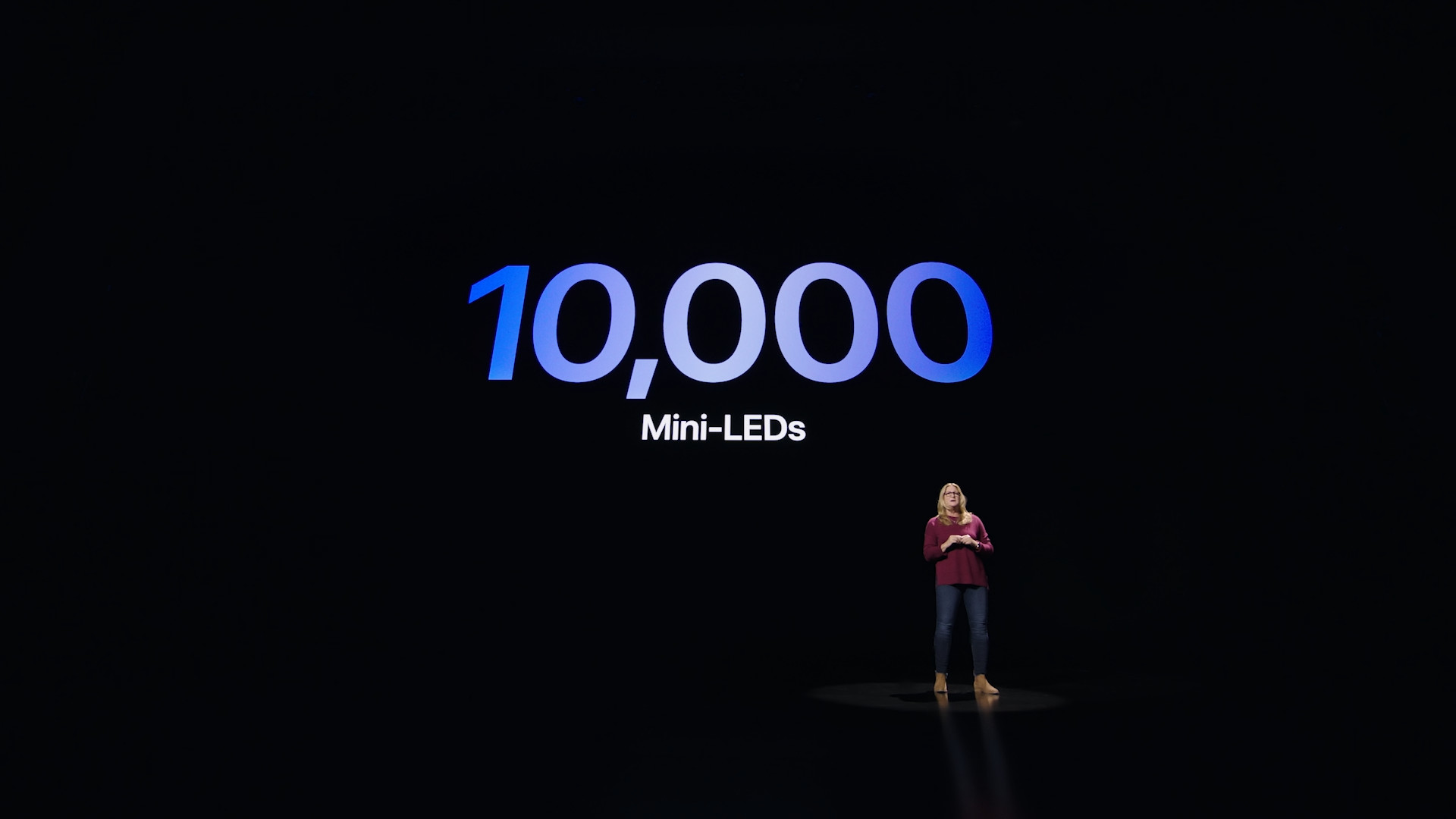Yes, the iPad is limited in functionality because it "only" has iPadOS. But this is perhaps its biggest advantage, regardless of the fact that the Pro model received an M1 "computer" chip. Let's be honest, the iPad is a tablet, not a computer, even if Apple itself often tries to convince us otherwise. And in the end, isn't it better to have two 100% devices than one that only handles both at 50%? It is often forgotten that the M1 chip is actually a variation of the A-series chip, the one found not only in older iPads but also in a number of iPhones. When Apple first announced that it was working on its own Apple Silicon chip, Apple sent the so-called SDK to Mac mini developers to get their hands on it. But it didn't have the M1 chip, but the A12Z Bionic, which was powering the iPad Pro 2020 at the time.
It could be interest you

It's not a tablet like a hybrid laptop
Have you ever tried using a hybrid laptop? So one that offers a hardware keyboard, has a desktop operating system and a touch screen? It might hold up as a computer, but as soon as you start using it as a tablet, the user experience goes to shit. The ergonomics are not exactly friendly, the software is often not touchable or fully tuned. The Apple iPad Pro 2021 has power to spare, and in the Apple portfolio it has a rather interesting rival in the form of the MacBook Air, which is also equipped with an M1 chip. In the case of the larger model, it also has almost the same display diagonal. The iPad actually only lacks a keyboard and a trackpad (which you can solve externally). Thanks to the similar price, there is actually only one fundamental difference, which is the operating system used.
iPadOS 15 will have the real potential
The new iPad Pros with the M1 chip will be available to the general public from May 21, when they will be distributed with iPadOS 14. And therein lies the potential problem, because even though iPadOS 14 is ready for the M1 chip, it is not ready to use its full tablet potential. The most important could thus take place at WWDC21, which starts on June 7, and which will show us the form of iPadOS 15. With the launch of iPadOS in 2019 and the Magic Keyboard accessory introduced in 2020, Apple got closer to what its iPad Pros could be, but still aren't. So what is the iPad Pro missing to reach its full potential?
It could be interest you

- Professional application: If Apple wants to take the iPad Pro to the next level, it should provide them with full-fledged applications. It could start with itself, so it should bring titles like Final Cut Pro and Logic Pro to users. If Apple doesn't lead the way, no one else will (although we already have Adobe Photoshop here).
- Xcode: To make apps on the iPad, developers need to emulate it on macOS. E.g. However, the 12,9" display offers a great view for programming new titles directly on the target device.
- multitasking: The M1 chip combined with 16 GB of RAM handles multitasking with ease. But within the system, it is still too truncated to be considered a full-fledged variant of multitasking known from computers. However, with interactive widgets and full support for external displays, it could actually stand in for the desktop as well (not replace it or fit its role).
In a relatively short time frame, we will see what the new iPad Pro is capable of. The wait for the fall of the year, when iPadOS 15 will then be available to the general public, may be longer than usual. The potential here is huge, and after all these years of the iPad floundering, it could become the kind of device that Apple might have expected from it in its first generation.
It could be interest you

 Adam Kos
Adam Kos 



